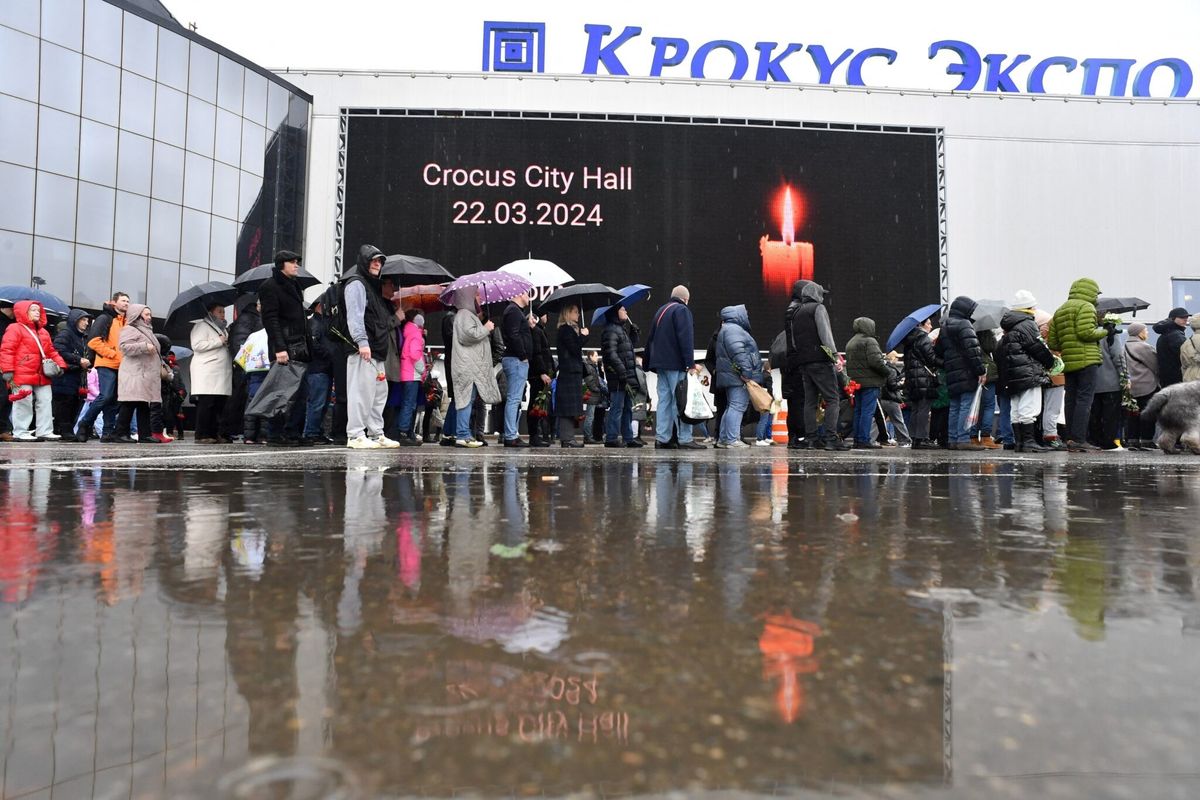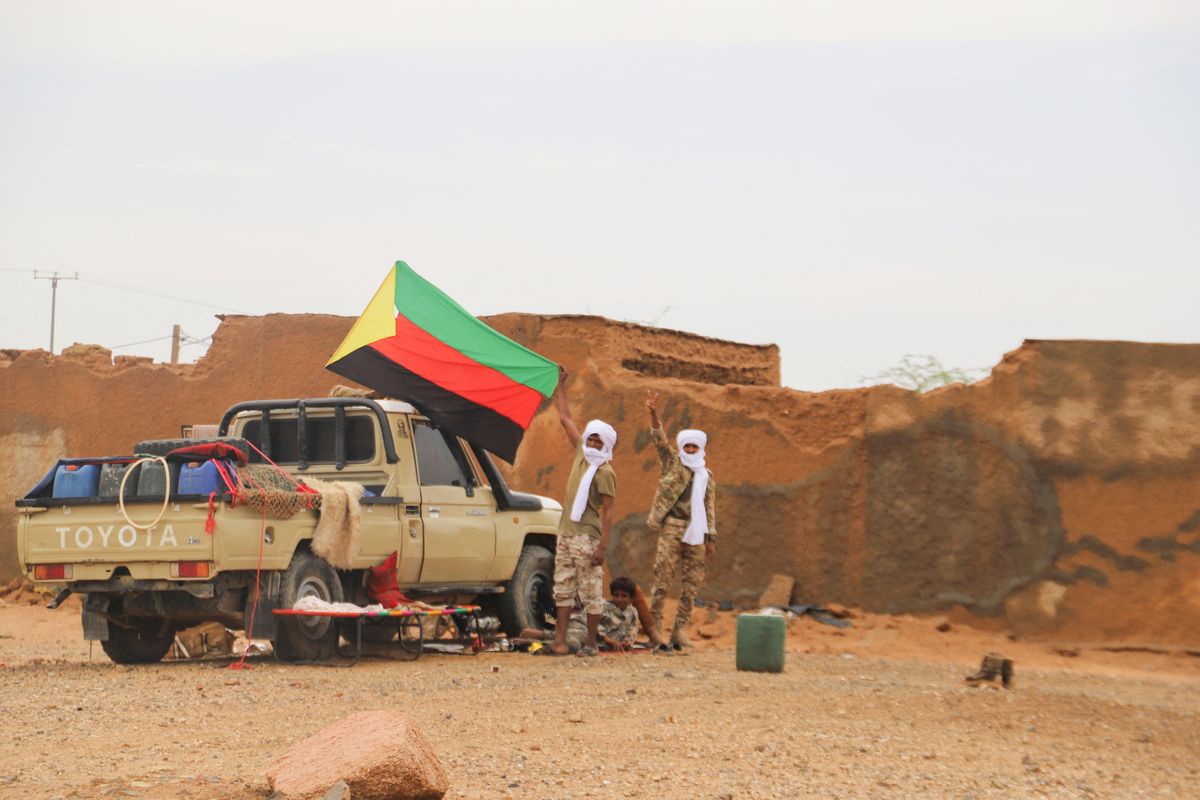With the world watching, ISIS deployed chemical weapons in the Iraqi towns of Sinjar and Taza in February and March of 2016, respectively. Since gaining vast amounts of territory in Iraq and Syria and taking over key chemical facilities, ISIS has acquired a substantial quantity of chemical material that it has weaponized for use. This was confirmed by the Director of National Intelligence James Clapper at a February 2016 Senate Armed Services Committee Hearing.
Chemical weapons use is banned pursuant to the Chemical Weapons Convention (CWC), which entered into force in 1997. The international community must respond aggressively to this threat and prevent ISIS’ ability to access chemical raw materials and transform them into weapons. This effort should start with close collaboration and cooperation with forces on the ground that are in direct line of these chemical attacks, namely the Kurdish Peshmerga forces, as well as the Kurdish civilians who are once again victims of chemical attacks.
This is not the first time that the Kurds have fallen victim to chemical attacks. Then President Saddam Hussein used mustard gas – a chemical that was first introduced as a warfare agent during World War I – against Iraqi Kurdish communities numerous times in the late 1980s and early 1990s, including an attack on the town of Halabja in 1988 that killed 5,000. Today, this tactic has been mirrored by ISIS, as the group has used mustard and chlorine gas against the Kurdish Peshmerga forces on several occasions and in an attack this May in the Iraqi town of Bashir.
One chemical used by ISIS is sulfur mustard, commonly known as mustard gas, which causes significant respiratory problems if inhaled. It also causes skin irritation, blisters, and potentially blindness in individuals exposed to these chemicals. Chlorine gas is another toxic chemical utilized by ISIS that irritates the respiratory system. Chlorine gas can cause severe pain in the throat if inhaled in high concentrations, followed by a sensation of suffocation. Severe chest pain is also a major side effect. These dangerous consequences make such chemicals of high-value to ISIS.
The use of chemical weapons provides ISIS with a key advantage when battling the Peshmerga. ISIS resorts to using chemical weapons on Kurds since these types of weapons inflict the greatest amount of psychological impact on them as a result of the Kurds having historically been victims of chemical attacks by other regimes. ISIS also uses chemical weapons because they are aware of the lack of protective gear, preparedness, and responsiveness by the Kurdish military and civilians alike.
Where does this leave the Kurds who are in the direct line of fire of these chemical weapons? The Kurdish Peshmerga forces undoubtedly continue to win the war against ISIS with conventional weapons on the battlefield and with help from the U.S. and coalition forces. However, when it comes to unconventional weapons, such as chemical weapons, they are lacking even the most basic protective equipment – such as masks, gloves and hazmat suits – which could serve as their first line of defense in countering these chemical attacks.
Thus the Peshmerga forces and Kurdish civilian population have a significant challenge on their hands and are pleading to the international community to receive basic protective gear to counter the ISIS chemical threats, which only continue to increase as ground forces prepare for the offensive operations into Mosul in Iraq and Raqqa in Syria. We cannot allow this problem to linger, as the Kurdish forces in Iraq and Syria are the ones fighting this war against ISIS on behalf of the world.












